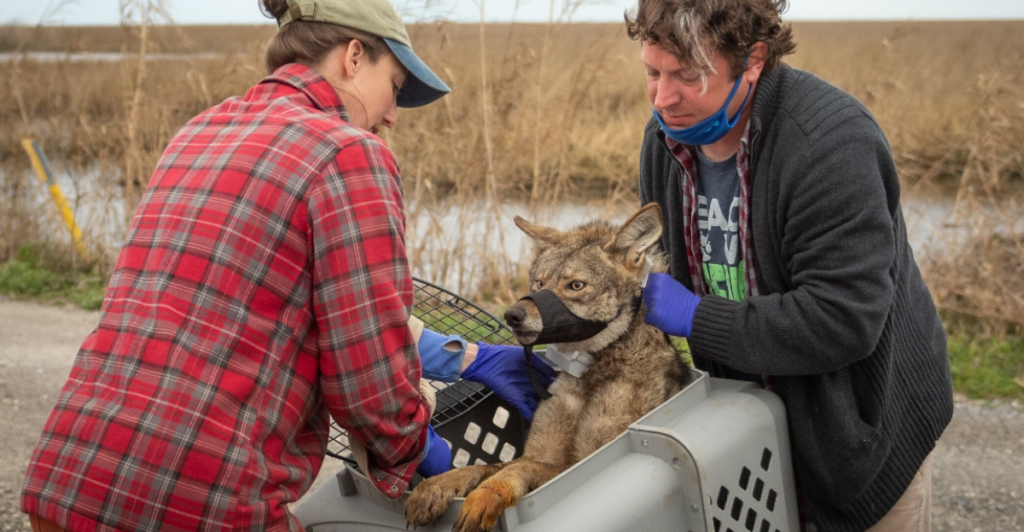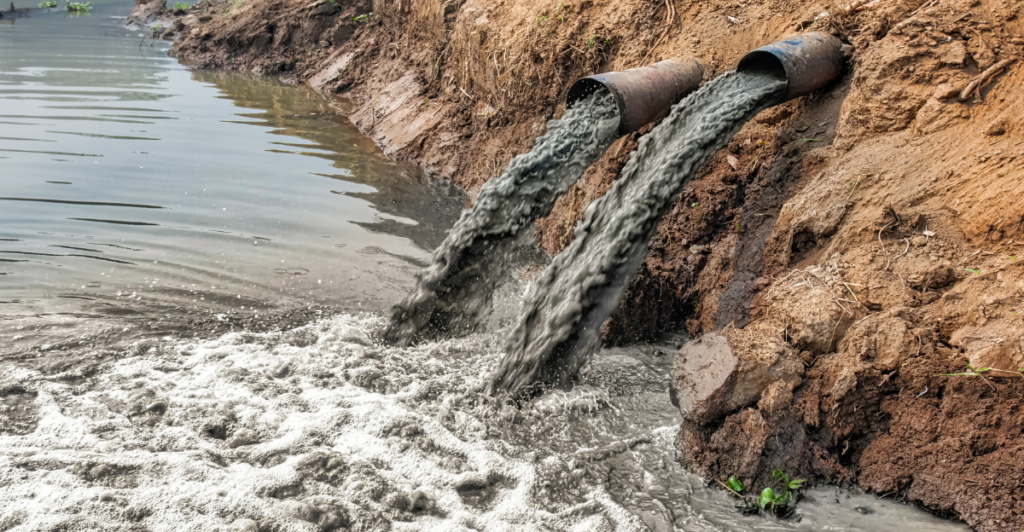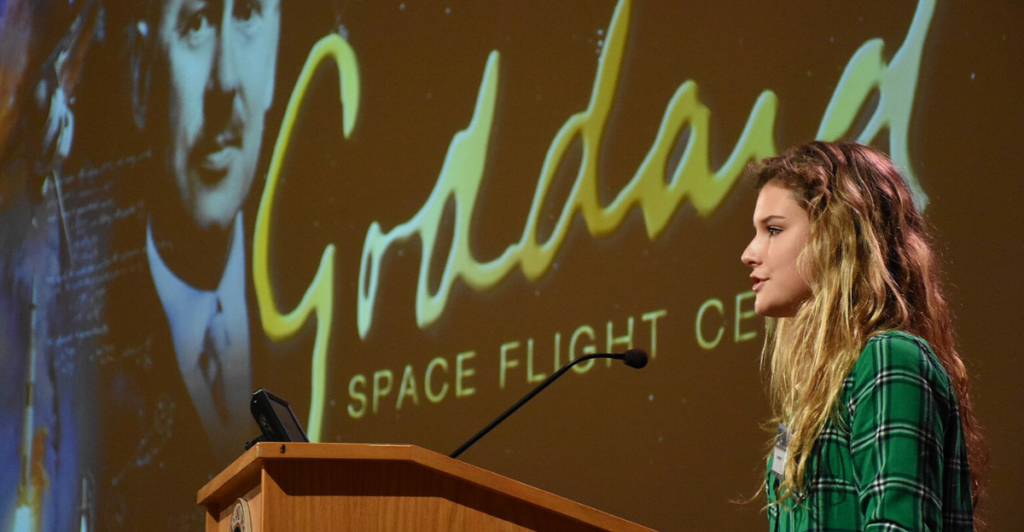
In a shock move that has rocked the scientific and conservation worlds, the U.S. Environmental Protection Agency has started to cancel dozens of environmental and public health research grants.
The grants—enjoying decades of bipartisan goodwill protection—have spurred innovation in air and water quality, climate resilience, and pollution reduction. But now, without scientific scrutiny or public discussion, tens of millions of dollars’ worth of annual programs are being quietly cut. What happens when a country unplugs its environmental brain trust?
From the forests of the Pacific Northwest to Boston research labs, the consequences could be staggering. As environmental risk increases, is this the time to silence science? Let’s look at what’s at stake.
Research Grant Size

The EPA annually invests approximately $35 to $40 million in research grants in nine large programs. They include the well-known STAR program, the student program P3, and funding to the Health Effects Institute.
The shutdown order affects virtually the whole research portfolio. In internal memoranda, the cancellations are said to impact grants made before October 1, 2024—more than 100 ongoing awards worth $124 million of scientific effort. Although the EPA is not the largest federal research funder, the EPA’s appropriations will probably cover environmental innovation other agencies won’t.
The cuts translate to a stoppage of research varying from the effects of air pollution to clean water technologies—projects that are already underway, often following years of planning and community collaboration.
What the Grants Fund

EPA’s research grants are not theoretical exercises—they finance solutions to some of the nation’s most significant environmental challenges. The STAR program, founded in 1995, funds peer-reviewed long-term studies of issues like climate change, water pollution, and air pollutants—the P3 program funds student hands-on research on subjects such as “forever chemicals” and waste reduction.
The Health Effects Institute, a tax-exempt think tank established through a partnership between the EPA and the auto industry, studies human health threats from vehicle emissions and industrial contamination.
These programs assist in shaping national standards, drive new technology, and educate the next generation of environmental scientists. To cancel them isn’t administrative—it’s ideological.
The Political Underpinnings

This is not the first time EPA funding has been slashed under conservative control. The Trump administration previously froze billions of climate and clean energy programs.
And now, with EPA Administrator Lee Zeldin in place, a new rationale is being developed: furthering “administration priorities.” While Zeldin maintains this is all about being good stewards of taxpayers’ dollars, federal judges have pushed back. Recent decisions indicate the administration had no credible reasons for discontinuing climate funding.
It called the freeze on grants “neither reasonable nor reasonably explained.” But the EPA is not done, extending the rollback to scientific studies that have long appreciated bipartisan support.
Legal and Bureaucratic Maneuvering

Legally, it is permissible for the EPA to rescind pre-Oct. 1, 2024 awards based on a change of policy direction. To rescind more recent awards, it takes more finesse.
The Biden administration’s ultimate grant format has a specific purpose—mismanagement or fraud—to terminate awards. None has been publicly discussed to date. This has generated widespread criticism of whether the cancellations are legal or politically motivated.
The EPA has not made its cancellation standards public, and several grant recipients have not even been officially notified. Instead, the agency is quietly shutting down new solicitations and placing current awards on hold.
Impacts to Wildlife Conservation

Federally supported science depends upon wildlife conservation. Research on habitat destruction, invasive species, and climate hazards frequently starts with studies supported by EPA.
As a result of the axing of such grants, initiatives to track vulnerable species, rebuild ecosystems, and preserve biodiversity are currently stalled. Universities and nonprofits relying on EPA funds are scrambling. Summer fieldwork, carefully scheduled, may never happen.
Scientific input to guide national conservation policy may remain incomplete. The spillover damage will not only hurt scientists but also extend to wildlife corridors, wetlands, and forest ecosystems that depend on responsive action and monitoring to survive in a changing climate.
The Impact on Students and Early-Career Scientists

One of the underreported victims of this decision is likely the future of environmental science itself. Programs like P3 expose young scientists, particularly underrepresented groups of scientists, to early experience solving real-world problems.
Removing such programs means fewer opportunities for students to engage in public service, academia, or clean tech entrepreneurship. For graduate students supported by STAR, losing grants halfway through research could mean taking longer to graduate or having to abandon projects.
The message it sends is worse: that environmental science isn’t needed, and sustainability careers aren’t worth the gamble. The long-term harm can be felt for generations.
A Blow to Public Health Research

EPA-funded research has long been vital to learning about the impacts of pollution on human health, especially on vulnerable populations. Studies on studying urban air quality in cities like Los Angeles, or on the rural water systems being challenged by pollutants are among those at stake.
Investigations on the health effects of chemicals in the oil and gas industry, car emissions, and industrial effluent inform everything from town council bylaws to national policy.
Without all this data, policymakers are flying blind. If scientific data is lost, it becomes harder to protect the environment, and indigenous populations will be at risk of unintended damage.
Reaction of the Scientific Community

The scientific community’s reaction has been rapid and vehement. Universities and scientists across the country are condemning the action as reckless and risky.
The Union of Concerned Scientists condemned the cancellations as a “direct attack on science.” At least some are suing, with others urging Congress to act. Politicians from both parties were stunned, particularly those whose constituents stand to gain from continued research.
And in the midst of all this uncertainty, it is uncertainty that prevails, rom both EPA leadership and those working under or around them. The larger concern: that this is just the tip of the iceberg of a more general attack on science-based policy.
What’s Next?

The future of these grants will be determined perhaps in court—or at the ballot box. In the meantime, the EPA still maintains it is acting within its legal authority. But as alarms are sounded by critics and advocacy groups, pressure mounts for transparency.
In the meantime, scientists are left in limbo, wondering whether all those years of work will see their funding stripped away overnight. The larger debate is no longer about single grants—it’s whether we care about science in assisting in charting the nation’s environmental path.
The next few months will decide the course of history. Will the U.S. recommit to environmental leadership, or let essential research quietly wither on the vine?
Explore more of our trending stories and hit Follow to keep them coming to your feed!

Don’t miss out on more stories like this! Hit the Follow button at the top of this article to stay updated with the latest news. Share your thoughts in the comments—we’d love to hear from you!







